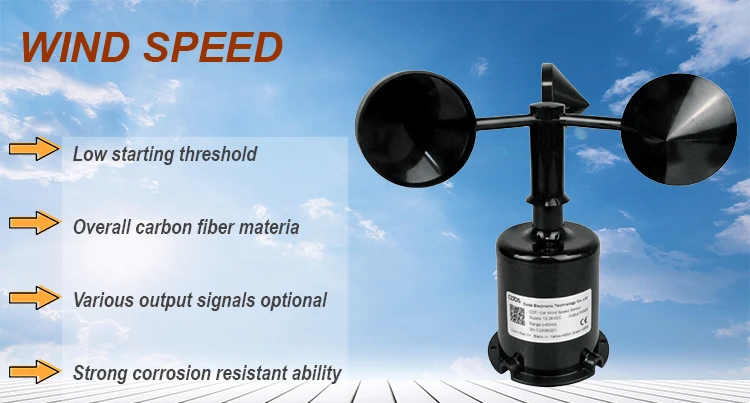
# Wind Direction Measuring Instrument
## Understanding Wind Direction Measurement
Wind direction is a crucial meteorological parameter that helps us understand weather patterns, predict storms, and optimize various industrial processes. Measuring wind direction accurately requires specialized instruments designed specifically for this purpose.
## Types of Wind Direction Measuring Instruments
### 1. Wind Vanes
The most traditional instrument for measuring wind direction is the wind vane. This simple yet effective device consists of an arrow or pointer that rotates freely on a vertical axis. The arrow always points into the wind, indicating the direction from which the wind is coming.
### 2. Anemometers with Direction Sensors
Modern anemometers often combine wind speed and direction measurement capabilities. These instruments typically use electronic sensors to detect wind direction while simultaneously measuring wind speed.
### 3. Sonic Anemometers
Sonic anemometers measure wind direction by analyzing how sound waves are affected by wind movement. These instruments have no moving parts, making them more durable and requiring less maintenance than mechanical devices.
## How Wind Direction Instruments Work
Wind direction measuring instruments operate on different principles:
– Mechanical vanes rely on physical movement caused by wind pressure
– Electronic sensors detect changes in resistance or capacitance
– Sonic devices measure time-of-flight differences for ultrasonic pulses
The direction is typically reported in degrees from true north (0° or 360°), with east at 90°, south at 180°, and west at 270°.
## Applications of Wind Direction Measurement
Wind direction instruments serve numerous important functions:
– Weather forecasting and meteorological research
– Aviation safety for airports and flight planning
– Wind energy optimization for turbine placement
– Agricultural applications for pesticide spraying
– Environmental monitoring of pollution dispersion
## Choosing the Right Instrument
When selecting a wind direction measuring instrument, consider:
– Accuracy requirements
– Environmental conditions
– Maintenance needs
– Data recording capabilities
– Power requirements
– Budget constraints
Modern instruments often include digital outputs and connectivity options for integration with weather stations or data logging systems.
## Maintenance and Calibration
Proper maintenance ensures accurate wind direction measurements:
– Regularly clean mechanical components
– Check for proper alignment
– Verify calibration against known references
– Protect electronic components from moisture
– Replace worn parts as needed
Regular calibration is essential, especially for critical applications like aviation or scientific research.
## Future Developments
Advancements in wind direction measurement technology include:
– Miniaturized sensors for portable applications
– Improved resistance to harsh environments
– Enhanced digital signal processing
– Integration with IoT systems for remote monitoring
– Machine learning algorithms for better data interpretation
These developments promise more accurate, reliable, and accessible wind direction measurement solutions for various applications.
Keyword: instrument measure wind direction
Recent Comments